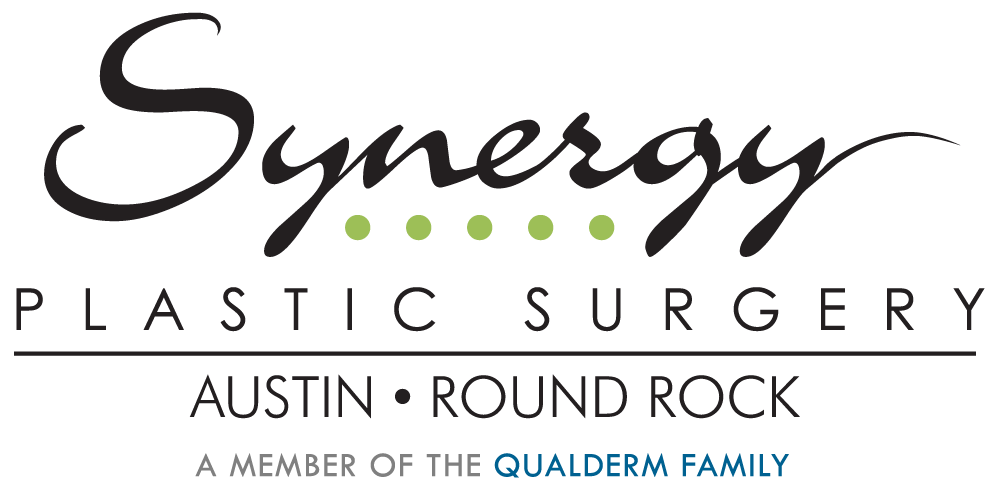A recent survey conducted by RealSelf, a leading online resource for people considering aesthetic procedures, showed that more than 1 in 3 adults in the U.S. are considering getting a cosmetic treatment in the next 12 months. In other words, if you’re planning on anything from BOTOX® Cosmetic injections to a facelift in Austin or elsewhere, you’re not alone.
Even as plastic surgery becomes increasingly mainstream, though, not everyone is comfortable being open with friends, co-workers, or even family about whether they’ve had “work” done. And that’s perfectly fine. The stigma associated with cosmetic surgery is fading, but many patients want to be more discreet about their procedures.
On the other end of the spectrum are people such as Tamra Judge, from The Real Housewives of Orange County, who recently said, “I’m okay to let someone know I didn’t like the way something looked, so I fixed it. The truth doesn’t hurt me.”
The desire to maintain privacy, though, can be especially true for facelift patients because the face is something everyone sees, and changes can be more easily noticed. In contrast, body contouring procedures can be concealed rather well if desired. It’s important to keep in mind why women and men choose to get facelifts. My patients almost always say their goals aren’t to look different, just to appear more youthful to match the energy they feel inside. That’s why it’s important to choose a board-certified plastic surgeon with the technical skill to create natural-looking results.
Modern Facelift Techniques
One reason it’s more difficult to tell if someone has had plastic surgery now than in the past is due to advanced surgical techniques. In the “old days” a facelift consisted primarily of pulling the loose skin tight, removing the excess skin, and then suturing the incisions. That created the dreaded “windswept” appearance that didn’t look natural or aesthetically pleasing.
Modern facelifts focus more on actually lifting, repositioning, and tightening the tissue and muscle underlying the skin. If you’ve researched facelift surgery at all online, you’ve likely come across the phrase “SMAS facelift.” SMAS is short for superficial muscular aponeurotic system (now you understand why we call it a SMAS facelift). By tightening the muscle, removing fat, and trimming excess skin, a SMAS facelift corrects:
- sagging in the midface
- hollow cheeks
- nasolabial folds
- jowls
- sagging fat
- loose skin and fat under the chin and jawline
The procedure concludes with carefully re-draping the skin so that it doesn’t look too tight or stretched.
Facelift patients who are happy with their results—whether they’re open or private about getting plastic surgery—typically share one characteristic: they’re doing it for themselves. If you’re looking in the Austin area for a facial plastic surgery specialist, you can contact us using the online form to request a consultation or call us at either (512) 244-1439 (Austin) or (512) 244-1444 (Round Rock) to schedule an appointment.


Leave a Reply